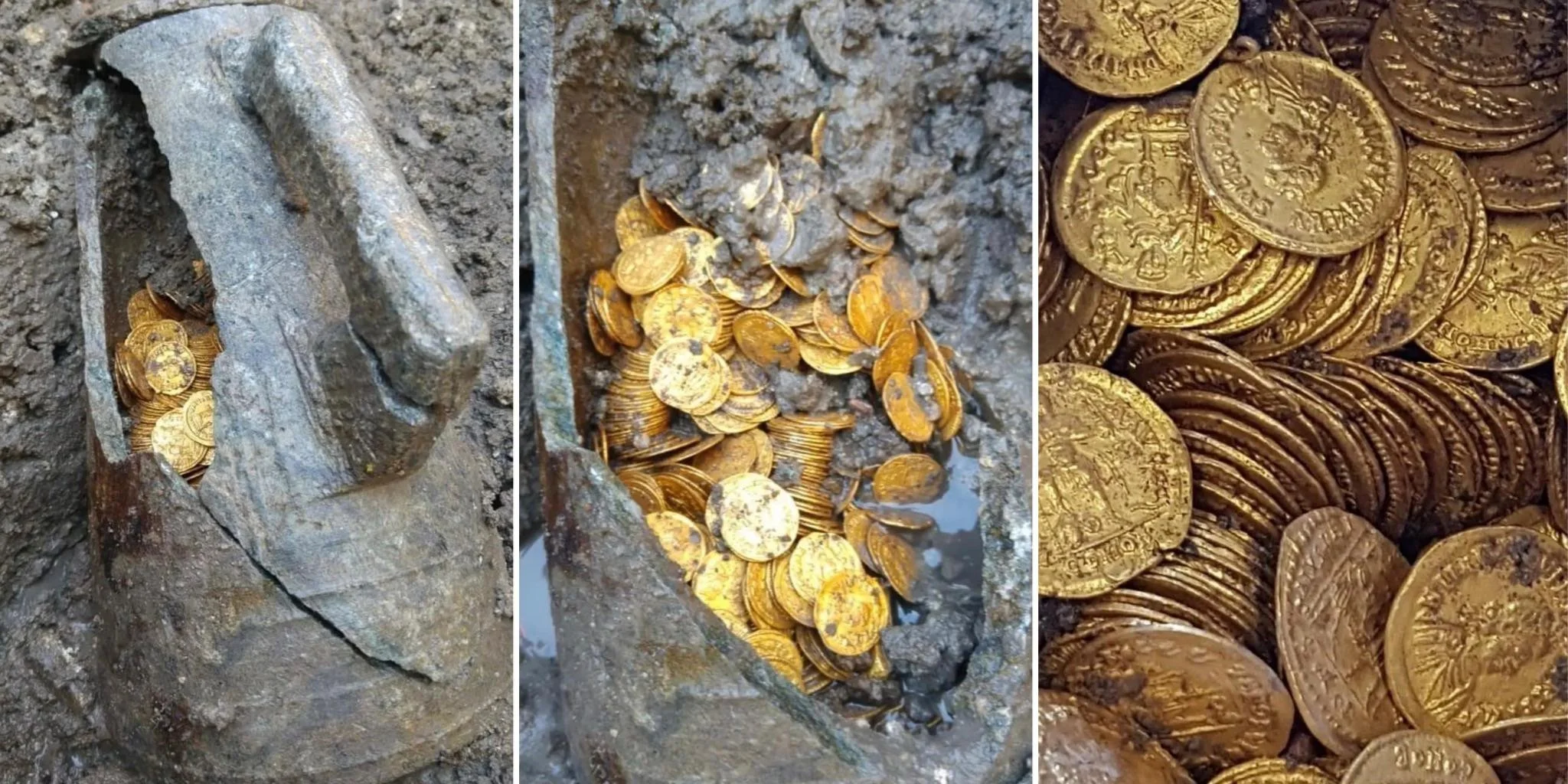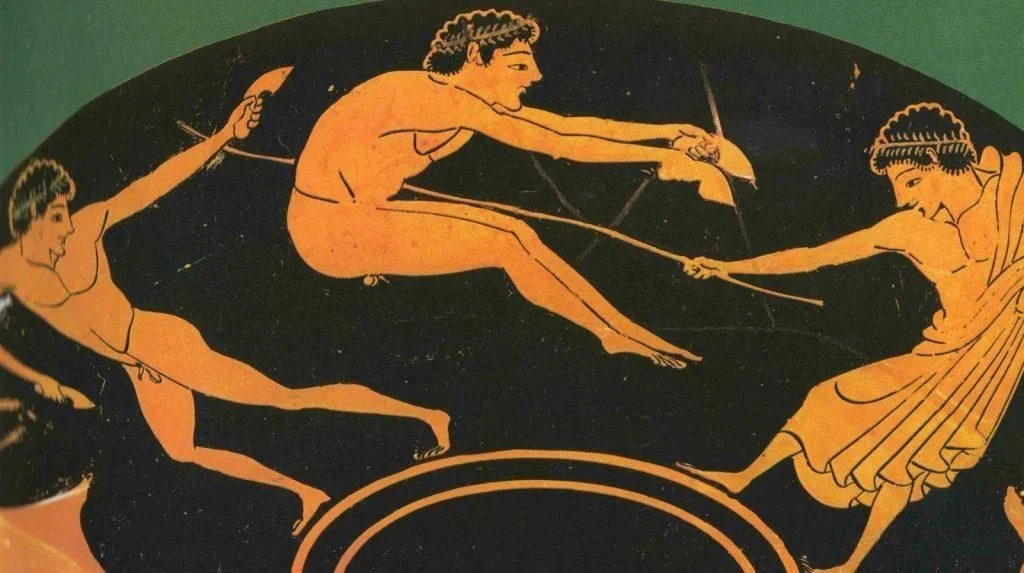The term Neolithic Greece refers to the Neolithic period, for Greece and to the activities of the inhabitants of the Greek geographical area during this time. The Neolithic is the intermediate period between the Mesolithic period (10000-7000 BC) and the Copper Age (3000-1100 BC).
Ancient Greece Neolithic Stone Tools & Weapons
Since no wild ancestors of domesticated animals kept in the Neolithic period have been found in Greece, it is assumed that they were transferred to Greece from the Middle East. The same is assumed for plants, although wild ancestors of some cereal species have been found in northern Greece. The processes by which these species were adopted or transferred to Greece are not yet fully understood. The main species that were domesticated are sheep, goat, pig and ox.
The architecture of this period shows differences according to regions. In Thessaly, buildings were often rectangular with stone foundations, while in Macedonia, piles are more common. Settlements have also been found where only pits have been excavated. It is assumed that these pits were underground or semi-basements of stacked round buildings.
Sesklo and Dimini Late Neolithic Pottery 5300-4500 BC. Greek Prehistory Gallery, National Museum of Archaeology, Athens, Greece.
The plain vessels are the most common for the Neolithic period and similar vessel forms are found in all areas. There are also decorated vases that occur by region and variations in decoration. Other objects of the period include peeled and scraped stone tools, bone tools, figurines, and jewelry.
Clay figurines from Thessaly. Early and Middle Neolithic period, 6500-5300 BC. From the excavations of Christos Tsountas at Sesklo and the Collection of Georgios Tsolozidis.
Greek Prehistory Gallery, National Museum of Archaeology, Athens, Greece.
Torso of woman with hands on chest, small terracotta, Sesklo culture. Neolithic, 6. to 5. millennium BC. National Archaeological Museum of Athens.
Important sites were excavated in the 1990s and early 21st century. The most important excavation was at Makrigialos, Pieria in Macedonia. An area of 60 hectares was excavated, while the settlement had probably covered an area of 500 hectares. Makrigialos was not the first extensive site to be excavated, but it was the first excavation with an area large enough to understand settlements of these times. Other extensive sites in Macedonia are Stavroupoli, Thermi B, Vasilika and Dimitra Serres.
Female figurine, marble, Thessaly, 5300-3300 BC.
National Archaeological Museum of Athens















